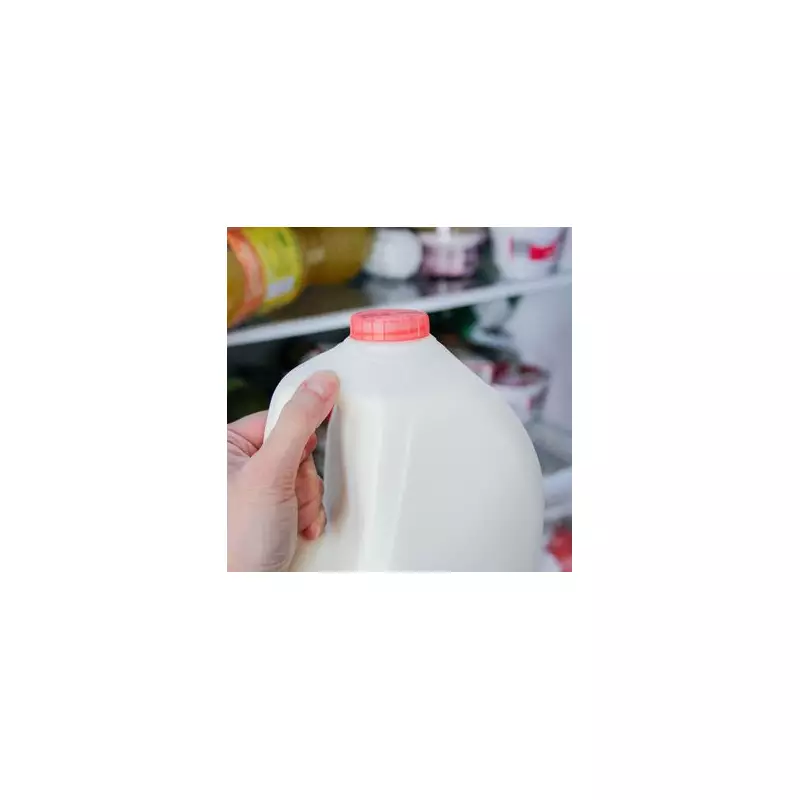
Millions of British households could be unknowingly throwing money away and wasting perfectly good food due to a simple refrigerator mistake that's easily preventable.
According to kitchen appliance experts, setting your fridge at the wrong temperature is causing groceries to spoil prematurely while simultaneously driving up energy costs during the ongoing cost of living crisis.
The Goldilocks Zone For Your Fridge
Most refrigerators in UK homes are set too warm, creating the perfect environment for bacteria to multiply and food to degrade faster than necessary. The ideal temperature range that keeps food fresh while maintaining energy efficiency is between 3°C and 5°C.
'Many people don't realise that just a few degrees can make a massive difference to both food longevity and electricity consumption,' explains a kitchen technology specialist. 'A fridge that's too warm accelerates spoilage, while one that's too cold wastes energy and can even freeze some delicate items.'
How To Check Your Fridge Temperature
Fortunately, verifying your refrigerator's temperature requires no special equipment. Simply place a standard thermometer in a glass of water in the centre of the middle shelf and check it after 24 hours for an accurate reading.
Most modern fridges feature digital displays that make temperature adjustments straightforward, but older models might require manual dial adjustments. Remember that the temperature can vary between different sections of your refrigerator, with the door shelves being the warmest areas.
The Cost Of Getting It Wrong
When your fridge runs too warm, the consequences extend beyond food safety concerns. The financial impact is twofold:
- Increased food waste: Premature spoilage means more frequent grocery shopping and wasted money
- Higher energy bills: An overcooled fridge works harder than necessary, adding unnecessary pounds to your electricity costs
With food prices remaining high and energy costs still concerning for many families, optimising your refrigerator settings represents an easy win for household budgets.
Smart Storage Solutions
Beyond temperature control, how you organise your fridge also affects food preservation. Raw meats should always occupy the bottom shelf to prevent cross-contamination, while dairy products thrive in the consistently cool middle sections. The door, being the warmest part, is best reserved for condiments and drinks.
Making these simple adjustments could help British families save hundreds of pounds annually while reducing food waste—a win for both your wallet and the environment.





